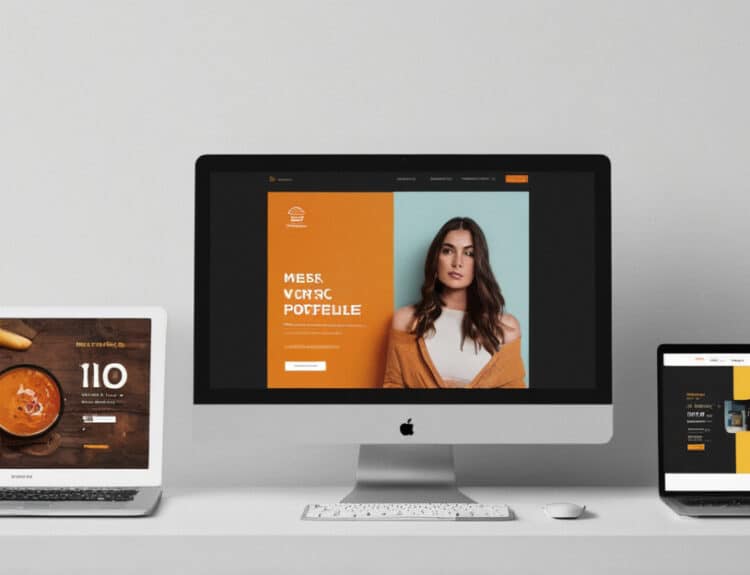Introduction
As a freelance artist, your portfolio is your gateway to landing more gigs and making a lasting impression on potential clients. In a highly competitive market, having an outstanding portfolio can set you apart from the rest. This article dives deep into expert tips and strategies to help you transform your freelance artist portfolio and attract more opportunities.
Understanding the Importance of a Strong Portfolio
Your portfolio is more than just a collection of your work; it is a reflection of your skills, style, and professionalism. A strong portfolio can showcase your versatility, creativity, and ability to meet clients’ needs. It is crucial to understand that your portfolio is often the first impression you make on potential clients. Therefore, investing time and effort into curating an exceptional portfolio can pay off significantly in securing more gigs.
Selecting Your Best Work
When curating your portfolio, it is essential to be selective and include only your best work. Quality over quantity is the key here. Choose pieces that showcase your range of skills and highlight your unique style. Avoid cluttering your portfolio with too many similar pieces, as this can overwhelm potential clients. Instead, focus on creating a cohesive collection that tells a story about your artistic journey and expertise.
Showcasing a Diverse Range of Projects
Potential clients are often looking for artists who can handle a variety of projects. By showcasing a diverse range of work, you demonstrate your versatility and ability to adapt to different styles and requirements. Include examples of different types of projects, such as illustrations, paintings, digital art, and any other mediums you excel in. This diversity can make your portfolio more appealing to a broader audience.
Highlighting Client Testimonials and Reviews
Testimonials and reviews from satisfied clients can significantly enhance the credibility of your portfolio. Positive feedback from previous clients can reassure potential clients about your skills and professionalism. Include a dedicated section in your portfolio for client testimonials and reviews. Make sure to obtain permission from clients before sharing their feedback and include their names and project details to add authenticity.
Creating a Professional Online Presence
In today’s digital age, having a professional online presence is crucial for freelance artists. Your online portfolio should be visually appealing, easy to navigate, and mobile-friendly. Consider using platforms like Behance, Dribbble, or creating your own website to showcase your work. Ensure your contact information is easily accessible, and include links to your social media profiles where potential clients can see more of your work and follow your updates.
Optimizing Your Portfolio for SEO
Search Engine Optimization (SEO) can significantly increase the visibility of your online portfolio. Use relevant keywords throughout your portfolio, including in image descriptions and project titles. Optimize your website’s loading speed and ensure it is mobile-friendly. Additionally, consider starting a blog where you can share insights into your creative process, industry trends, and other relevant topics. This can drive more traffic to your portfolio and improve your search rankings.
Crafting Compelling Project Descriptions
Each piece in your portfolio should be accompanied by a compelling description that provides context and highlights your role in the project. Explain the client’s requirements, your creative process, and the final outcome. Use storytelling techniques to engage potential clients and give them a better understanding of your work. Well-crafted project descriptions can make your portfolio more engaging and informative.

Keeping Your Portfolio Updated
Regularly updating your portfolio is essential to keep it relevant and showcase your latest work. Remove outdated pieces and replace them with new projects that reflect your current skills and style. An updated portfolio demonstrates that you are active in your field and continuously improving your craft. Set a schedule to review and update your portfolio periodically to ensure it remains fresh and impressive.
Networking and Promoting Your Portfolio
Networking and self-promotion are crucial for gaining visibility and attracting more clients. Share your portfolio on social media, join online artist communities, and participate in industry events. Collaborate with other artists and reach out to potential clients directly. The more you promote your portfolio, the higher the chances of landing more gigs. Utilize both online and offline channels to maximize your reach.

Conclusion
Transforming your freelance artist portfolio requires a combination of showcasing your best work, maintaining a professional online presence, optimizing for SEO, and actively promoting yourself. By implementing these expert tips and strategies, you can create a compelling portfolio that attracts more gigs and helps you stand out in a competitive market. Remember, your portfolio is a reflection of your artistic journey, so invest the time and effort to make it truly exceptional.







